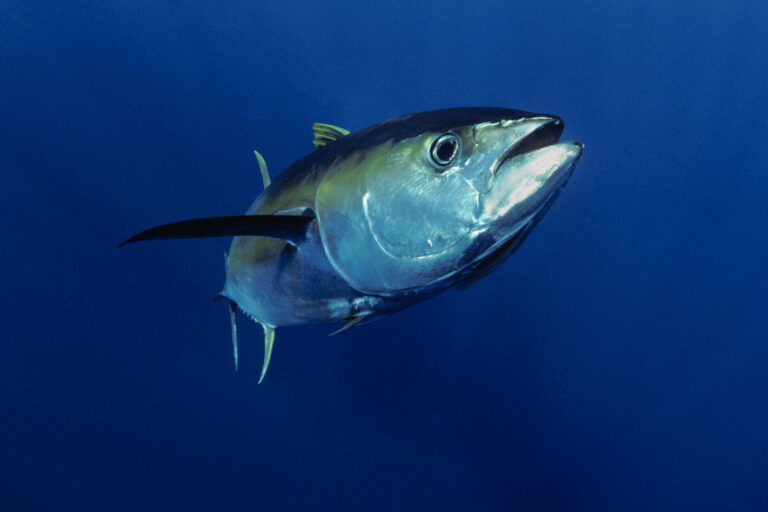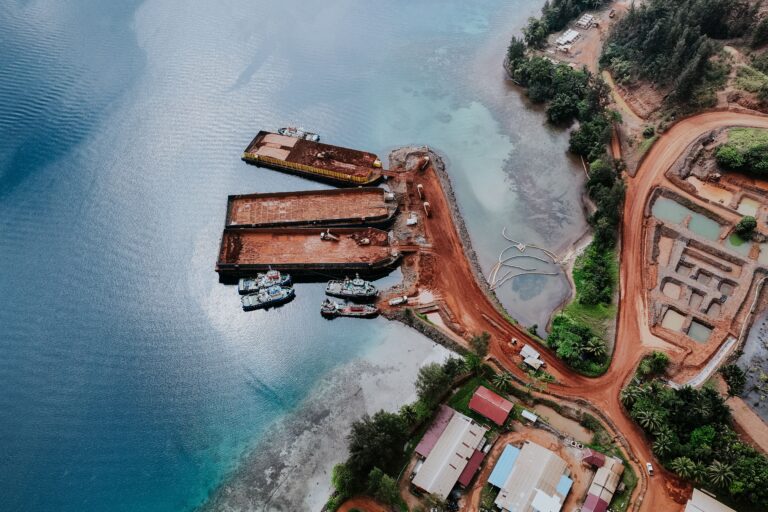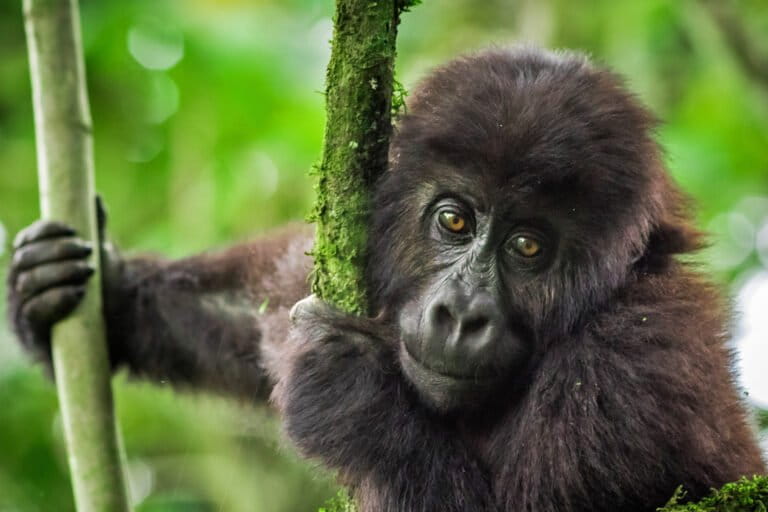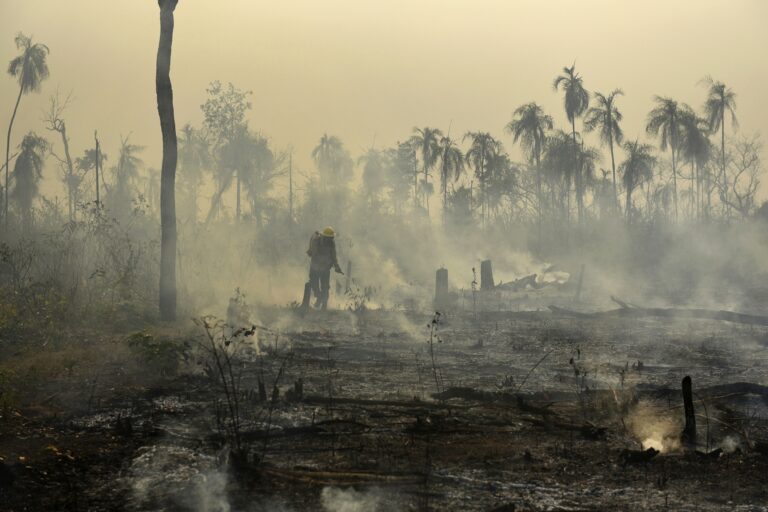Two Indigenous groups in Panama are collaborating with researchers in a long-term reforestation project that promises them income in return for growing native trees for carbon sequestration, Mongabay contributor Marlowe Starling reported in May.
As part of the project, researchers from the Smithsonian Tropical Research Institute (STRI) have partnered with the local leadership in the rural district of Ñürüm in the Ngäbe-Buglé Comarca, the largest officially recognized Indigenous land in Panama.
With funding support from the U.S.-based Rohr Family Foundation and the U.K. government’s Global Centre on Biodiversity for Climate, the project aims to plant native trees across 100 hectares (nearly 250 acres) in Ñürüm.
Ñürüm’s landscape has been heavily deforested for decades for agriculture and cattle pasture, as well as government-led plantations of nonnative pine and teak. It doesn’t help that the soil in the area is clay, acidic, phosphorous-deficient and of low fertility.
The Smithsonian, through two decades of experience from its Panama Canal Watershed Project in Agua Salud in Colón province, has worked out what types of trees work best on the land. Nearly 30 individuals and families had chosen to participate in the comarca reforestation project at the time of publishing.
The community members have already planted several native species on their land, including high-value and low-maintenance trees like cocobolo (Dalbergia retusa), a nitrogen-fixing species whose wood is used for carvings and furniture.
“It grows on crappy soils, good soils, grows fast when it’s young, it’s good for covering the land area and it’s got big roots, so it enhances filtration,” Jefferson Hall, a Smithsonian tropical forest scientist and director of the project, told Mongabay. “And it’s super water-use efficient.”
Another staple in the comarca project is zapateros (Hyeronima alchorneoides), a tree that grows well in the area. Both species are considered high value if the farmers decide to harvest them. They get paid a daily wage for cleaning and maintaining the land, and are given seeds and tools. Furthermore, by growing several species of high-value, native carbon-sequestering trees, the farmers will eventually earn carbon payments.
Most importantly, the communities retain full ownership of their land. This is in contrast to a previous project where Panama’s environment ministry in 1973 offered food or money to the people of Ñürüm in exchange for growing pine plantations. But what the locals didn’t understand at the time was that they would lose ownership of the land and that growing pine would cost them more than the benefits they’d receive.
For the comarca project, the Smithsonian team spent a year holding forums and meetings to obtain the Indigenous peoples’ free, prior and informed consent. They tried to ensure the communities understood the concept of planting trees to store carbon, and the compensation and benefits involved.
Read the full story by Marlowe Starling here.
Banner image of Isidrio Hernandez-Ruiz and his son, who are participants in the reforestation trial with the Smithsonian. Image by Marlowe Starling for Mongabay.














